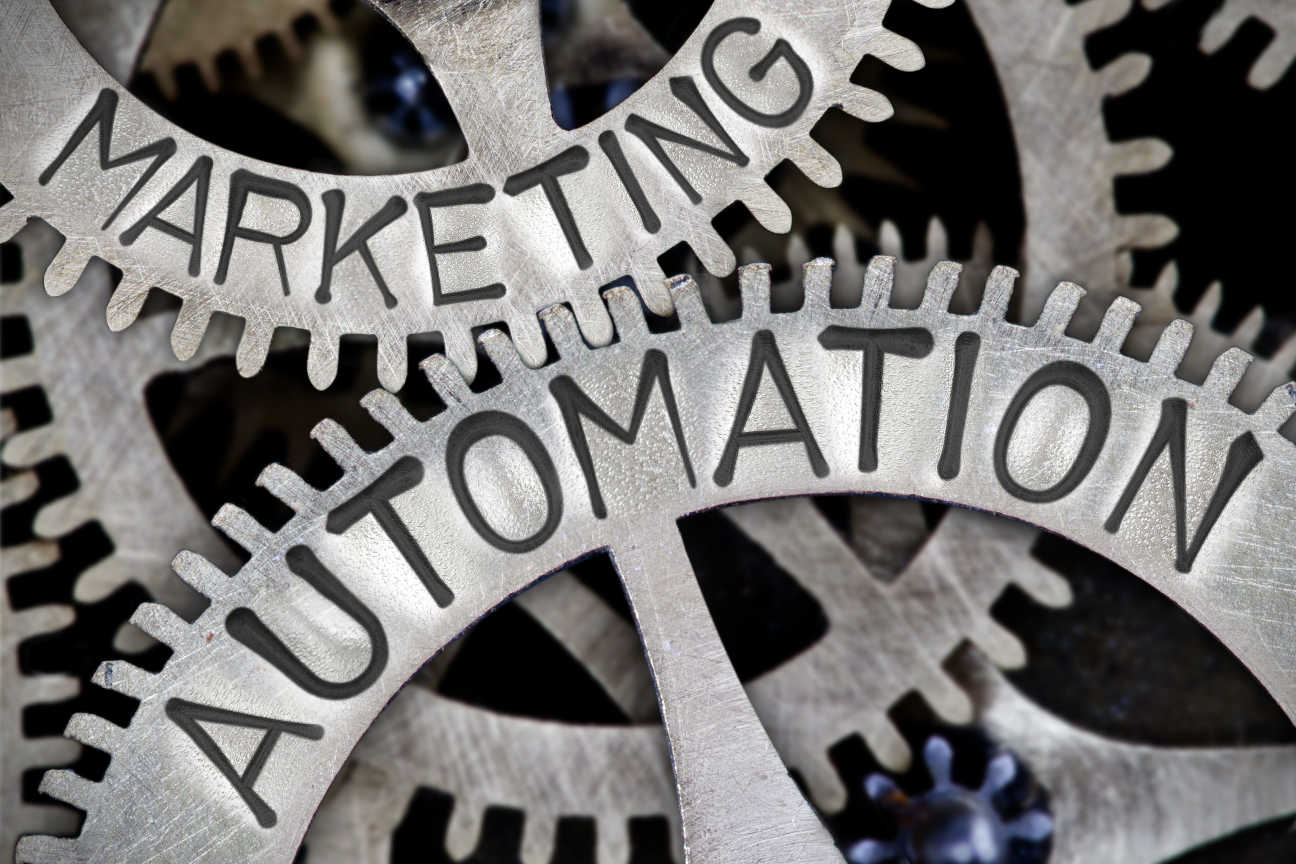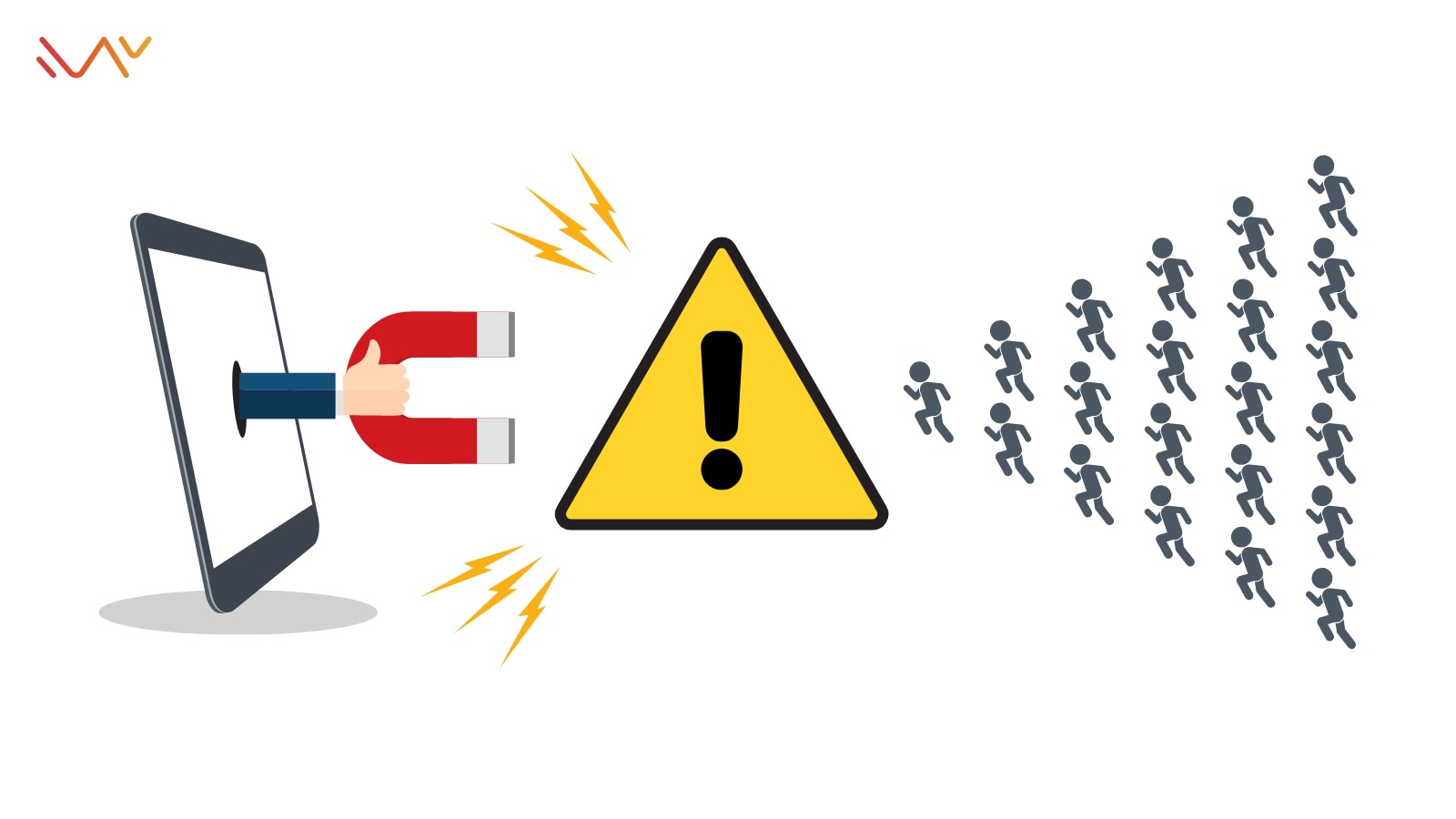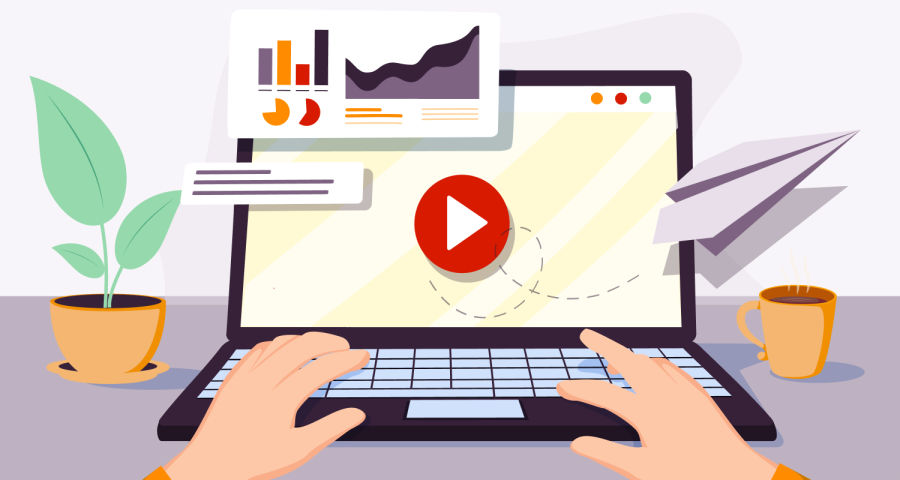//
Apr 29, 2022
Warning! 5 B2B Inbound Marketing Tactics to Watch Out For
Make sure THE Inbound Marketing TACTICS YOU USE FIT your unique B2B Strategy
B2B companies need to focus on the customer to succeed with inbound marketing. Before starting an inbound marketing strategy, research your customer to understand them better.
I’m sure you already know, but just a recap: B2B companies usually sell or resell to other companies, while B2C companies sell to the end customer. Marketing automation tools within Hubspot and Sharpspring are great for inbound marketing for B2B and B2C companies alike. However, that doesn’t mean that every marketing automation software should be used in the same way. Applying B2C tactics to a is like trying to fit a square peg into a round hole. It will ultimately result in frustration with time, money, and wasted talent.
So, if you belong to a B2B company and find your marketing strategy is continually falling short, know that you’re not alone and read on to discover the top five B2B Inbound marketing tactics companies often get wrong so that you can overcome them.
You can't have inbound marketing without a powerful CRM to back it up!
Not 100% on what a CRM can do for your business? Watermark is offering free self-serve training videos to guide you on how a CRM can enhance your sales and marketing teams.
The Buyer's Journey
When it comes to B2C marketing, the stages of the buyer’s journey is relatively linear, commonly defined by the awareness stage, the consideration stage, choice, and purchase.

However, the buyers’ journey with B2B prospects isn’t so straightforward and predictable. If the B2C journey is a straight pathway, the B2B journey is a winding road. explains the buying journey for B2B linear instead it’s a loop of buying jobs:
“These buying jobs — which occur simultaneously rather than sequentially and with wildly varying degrees of sophistication and roles — include 1) problem identification; 2) solution exploration; 3) requirements building; 4) supplier selection; 5) validation; and 6) consensus creation.”

These points are why and are at the heart of mapping out the buyer’s journey for YOUR specific company and industry. For example, the B2B buyer's journey for businesses within the is much different than for businesses in the .
A different structure of buyer journey for B2C companies, as opposed to B2B companies, implies a completely different way of measuring performance for your inbound marketing strategy.
Data Driven KPIs
Even the fanciest, most expensive marketing campaigns can come crashing to the ground with zero leads if you don't measure the right key performance indicators () and performance metrics to make adjustments. Even worse, you might not even know what to measure.

According to Eyal Katz of Oktopost.com:
“Studies have shown that about are only using the most basic metrics to measure the results of their efforts. That might be a big reason why nearly ends up unused because it doesn’t align with what buyers are interested in.”
In other words, if you’ve got nothing to measure progress, you’ve got nothing to offer, and if you’ve got nothing to offer, well then, you’re not going to achieve your strategic goals, which will be detrimental to your return on investment (ROI}.
- Website traffic
- Conversions
- MQLs (Marketing Qualified Leads) and SQLs (Sales Qualified Leads)
- Cost Per Lead
- Budget and Revenue
- Engagement
web traffic, lead quality, engagement as well, while prioritizing the following key KPIs:
- Conversion Rate
- Customer Retention and Loyalty
- Marketing Revenue
- Sales Marketing ROI
B2B companies set high goals and expectations that sound good on paper, but it’s just as common for them to miss the mark if they aren’t measuring KPIs along the way or, frankly, just setting vague or unrealistic objectives in the first place. While each and every metric mentioned above for B2B and B2C companies are relevant it’s important to remember that a differently structured buyer journeys will inevitably lead to different ways of measuring KPIs.
Sales Enablement
Of course, sales and conversions are a top priority to your business strategy. After all, incoming conversions keep the lights on and food on the table, but sales and conversions must happen at the right time, at the right place, and with the right people.

For example: Say you own a small business website and have someone sign up to your email newsletter, that would qualify the subscriber to be in the awareness stage of the B2B buyer's journey. The mindset of the subscriber might be, "I'm interested in what I can learn from this company", as opposed to them being interested in what’s being offered once they reach the consideration stage. Assigning a salesperson too early on in the buyer’s journey could result in losing the lead completely. Thus, it’s important to nurture leads before enabling your sales team.
So when do you activate your sales enablement team?
Understand at which stage your lead is at in their buyer’s journey. Remember the KPIs and metrics we went over as the second B2B Inbound marketing tactic? These metrics are a piece in the sales enablement puzzle because they will show you who engages with your omnichannel content and when to enact your sales enablement strategy.
So while an email subscriber isn’t a prime lead for your sales team, someone who filled out a form for an estimate on your new landing page for a current campaign you launched is the perfect candidate for your sales enablement team.
Knowing when to enable sales is where B2B and B2C marketing tactics are similar. Both can easily make the mistake of pulling the sales trigger too early or too late. Pushing your sales organization to contact every lead and ignore the which stage of the buyer’s journey they are in could backfire and scare away leads that would otherwise be likely to convert.
Avoid this by having your sales and marketing teams continuously communicate about new leads by asking themselves: "Is this person looking for to help them decide, or have they already decided to purchase?"
Knowing the answer is the key to your sales enablement strategy.
With this in mind, automation within a customer relationship management (CRM) platform can help you segment leads further and help you see the bigger picture when it comes to your inbound marketing strategy.
Marketing Automation
CRM marketing automation platforms can streamline your inbound marketing strategy. Automation reduces the need for you and your team to spend valuable time scheduling, creating, distributing, and maintaining content, workflows, and sales pipelines.

Focus on automating small, tedious tasks—like processing leads and lead sources. You’ll see how much time and bandwidth your team will have for crafting creative sales and marketing solutions beyond spending hours manually inputting email addresses into a spreadsheet.
Sounds awesome, right? Automation is awesome, but it doesn’t mean it’s a set-it-and-forget-it with the click of a button. It still requires humans to manage, adjust, and pivot the things you’ve put in place. One of the biggest misconceptions about automation for fulfilling B2B inbound is that it’s not a one-size-fits-all solution. Your company is unique. Your customers are unique. How you choose to use your MarTech (a cooler word for ‘marketing technology’) stack should also be unique.
Research different CRMs and marketing automation tools that would be best suited for you and your team to achieve your custom strategic goals before committing to any platform.
Now that you have a better understanding of how the buyer’s journey, KPIs, sales enablement, and marketing automation tactics contribute to B2B inbound marketing, you have a solid foundation for developing your business strategy.
Business Strategy
“A vision without a strategy remains an illusion.” - Author and educator Lee Bolman
Most businesses want customers to walk away satisfied with their products or services. Most companies are (or should be!) focused on offering solutions to their customer’s pain points. Of course, businesses aren’t volunteering their time, talent, and resources; they want financial success as well. Happy customers, financial success. It’s a symbiotic relationship. Anyone can say that’s what they want for their business, but like Mr. Bolman pointed out, without a strategy, well, you may as well just be writing a wish list.

Companies who dive right into a marketing campaign using the latest marketing technology with all the bells and whistles without a strategy might crash and burn right out the gate. Remember, while it’s true that consumers are in the driver’s seat in this day-in-age, successful businesses pave the road. And successful companies start with successful business strategies. Period.
Not every strategy works every time, but using data-driven insights to guide your Inbound marketing strategy can help you be successful.
Do you have a team that can create data-driven Inbound marketing strategies? If so, we can help you avoid common mistakes and use these tactics to improve your marketing and sales success.
today for a workshop session to analyze and gain insights on your inbound marketing strategy needs.







